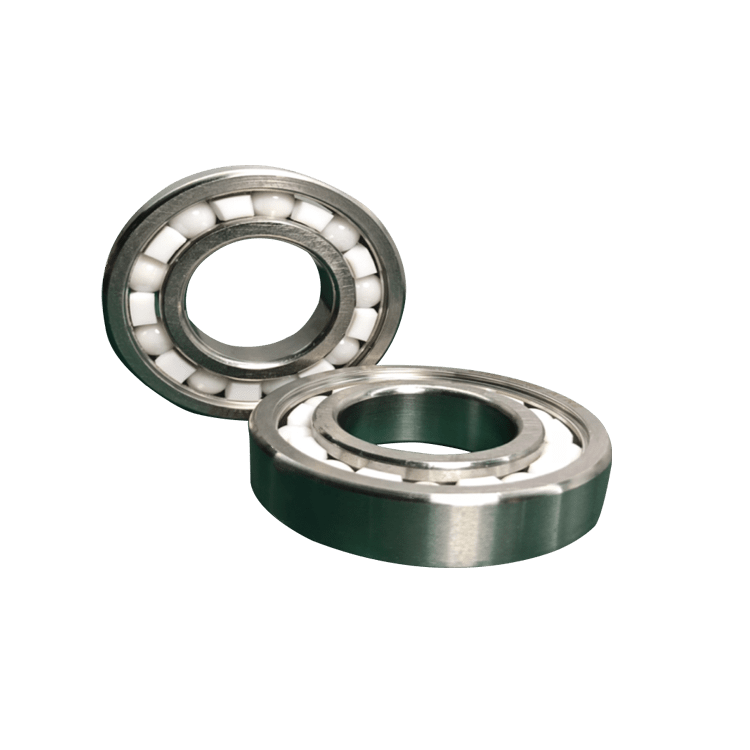Welcome to Tarso, professional special bearing manufacturer
The main characteristic of a zirconia ceramic ball is […]
The main characteristic of a zirconia ceramic ball is its high electrical conductivity. This property makes them particularly useful for applications such as refractory ceramics, optical materials, and electronic components. The ceramics are composed of two phases, tetragonal and cubic. The cubic system phase tends to generate coarser crystal grains during the firing process. During the manufacturing process, the proportion of cubic system phase should be 80% to 90% by volume.
Zirconia ceramic ball is a composite ceramic material that consists of a zirconia ceramic phase and a balance ceramic phase containing alumina and a metallic cationic component such as Hf, Ti, Zr, Nb, W, and Si. Its chemical composition varies depending on its composition. The composition of zirconia ceramic ball depends on its intended application. The zirconia ceramic ball market is segmented by region, company, and type. The study focuses on demand growth and predicts the market's size and value in the coming years.
Zirconia-containing ceramic ball has low pores and is therefore suitable for use as a valve element in check valves and bearings. Its cumulative area percentage is less than 1 mm. Its electrical conductivity is enhanced due to its high ion conductivity and high wettability. The ceramic ball can withstand high rotational speeds and a variety of temperature conditions. This makes zirconia ceramic ball useful for medical devices such as prosthetic joints and dental implants.
A zirconia-containing ceramic ball also exhibits excellent durability. Its pore size is typically below 3 mm, and its tensile strength is superior to other types of materials. Zirconia ceramic balls can be manufactured using conventional methods or by a process known as rolling granulation. Listed below are some examples of applications for zirconia-containing ceramic ball
Zirconia-containing ceramic balls can be manufactured through the steps disclosed in the Japanese patent application. During this process, zirconia powder is mixed with an organic binder and pure water to form a ceramic matrix. Once the matrix is created, the zirconia-containing ceramic ball is then subjected to atmospheric pressure and hot isostatic pressing. The final report provides a detailed analysis of these effects and how the manufacturing process will impact the market.
When a zirconia-containing ceramic ball is formed, it is highly dense and spherical. This is an advantage because the green body is formed by a cold isostatic pressing process. However, there are certain limitations to this process. The nonuniform density of the powder green body is significantly lessened by increasing the density of the powder green body. The proportion of nonuniform density is lessened by imparting a relative density of at least 61%.
The ceramic ball can be used in check valves. The ceramic ball 243 is disposed in a passage chamber 244 which has a greater diameter than the ceramic ball 243. This enables it to axially reciprocate within the passage chamber. The ceramic ball 243 has excellent mechanical properties and is suitable for use in a number of industries. They are often used in petrochemical, coal, and flue gas desulfurization.
